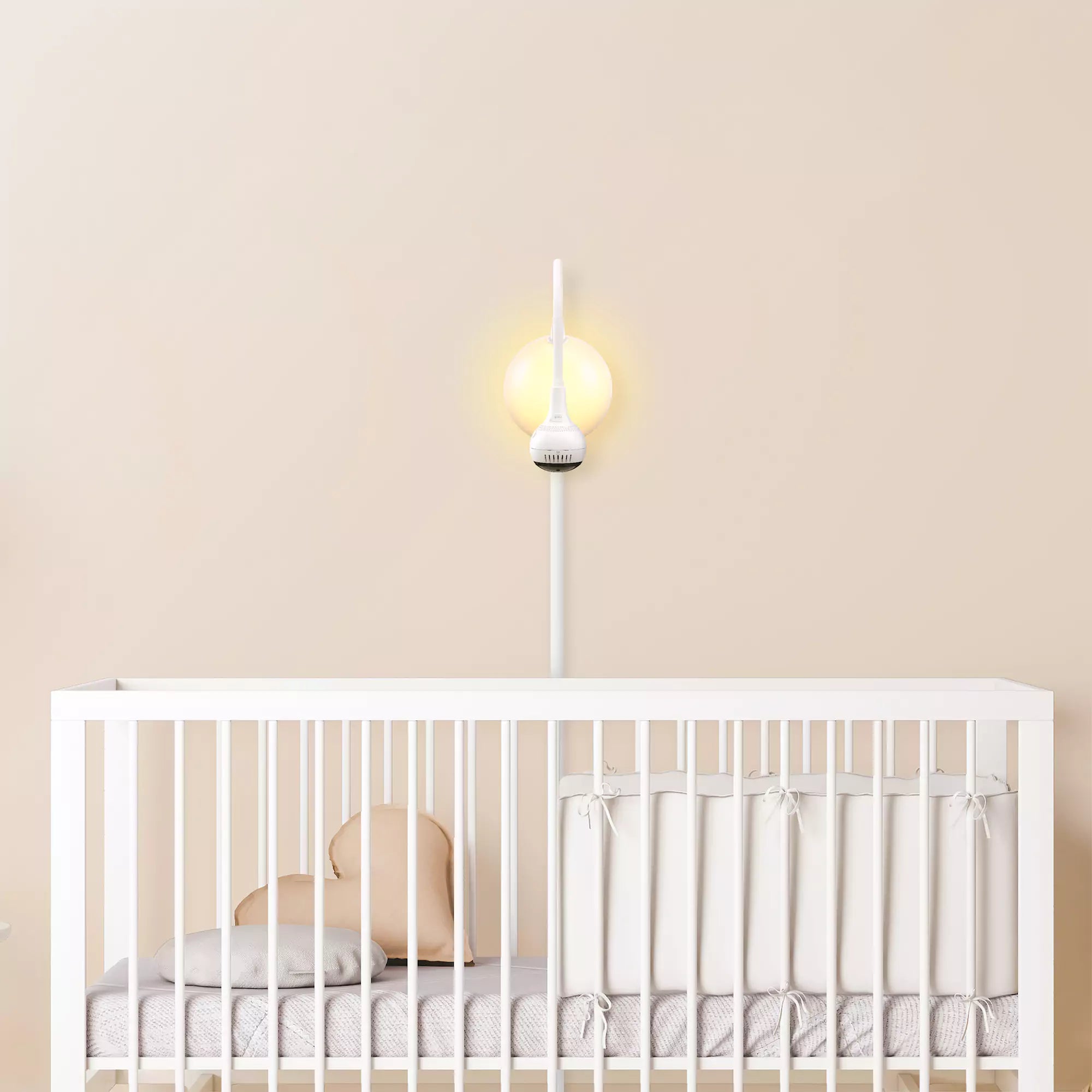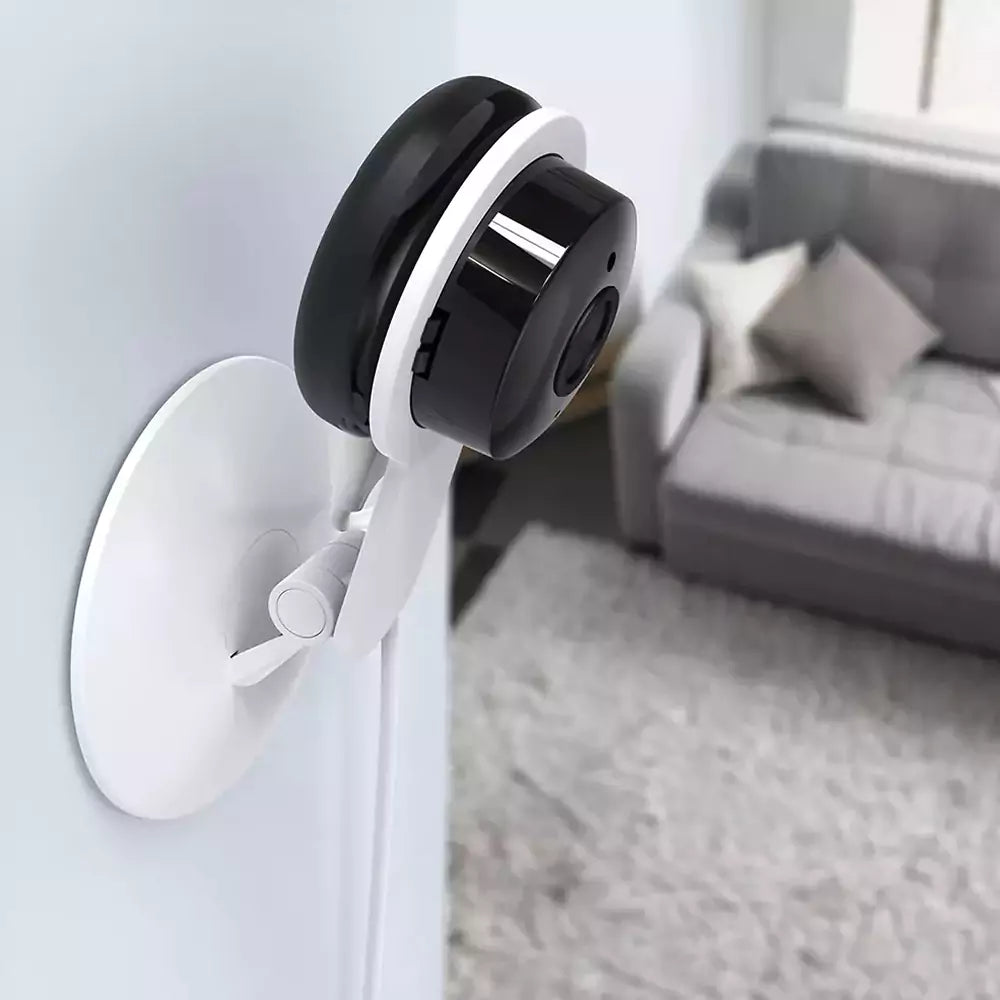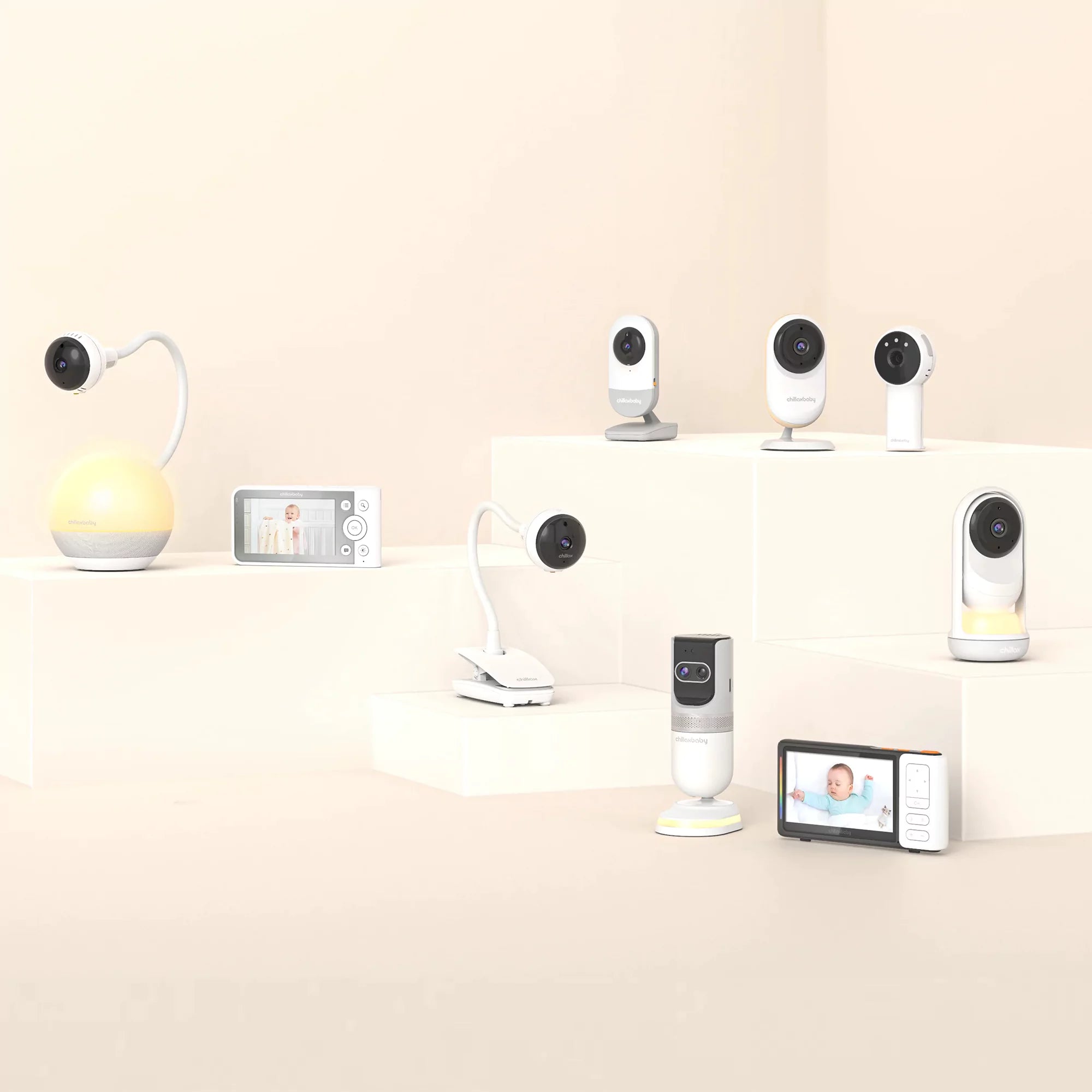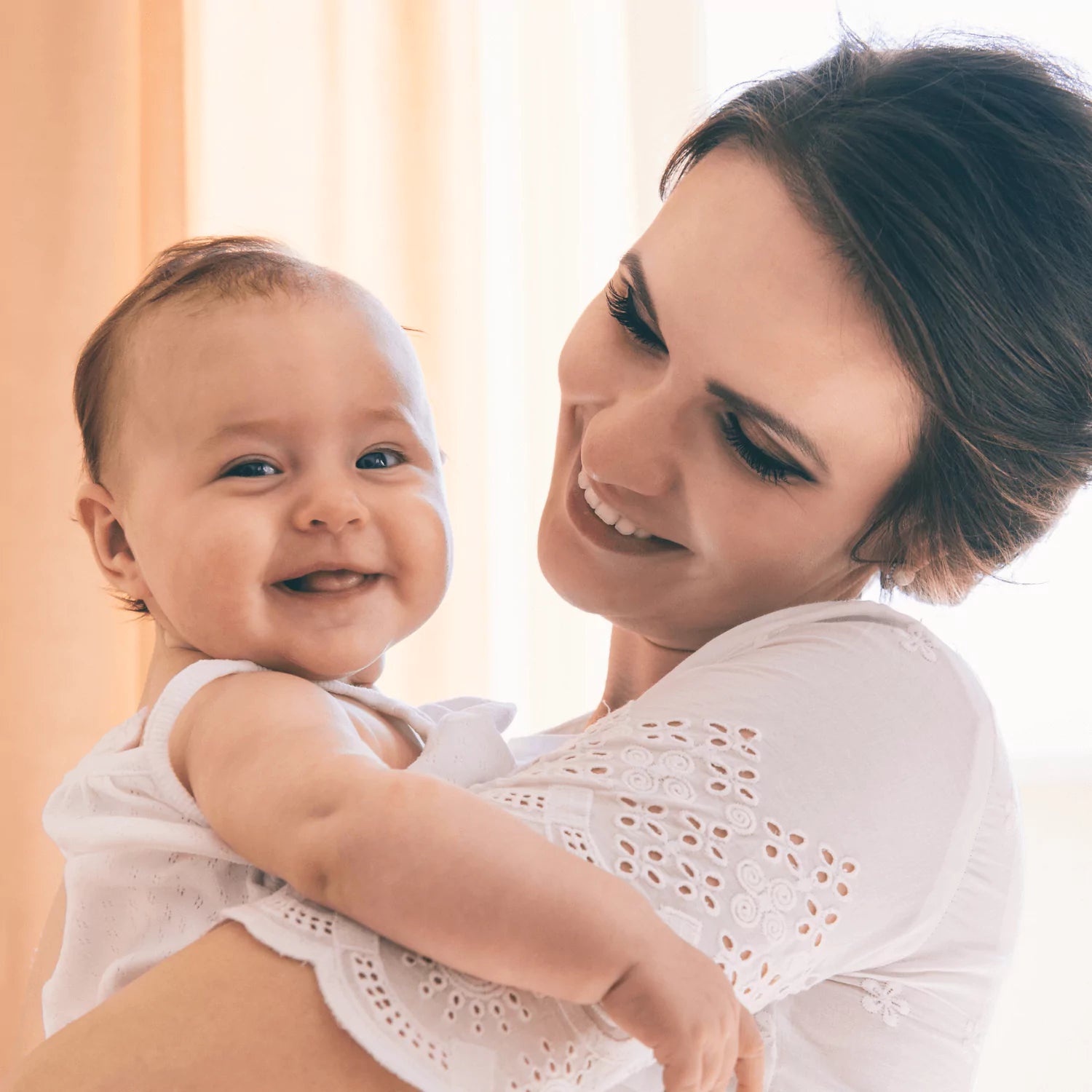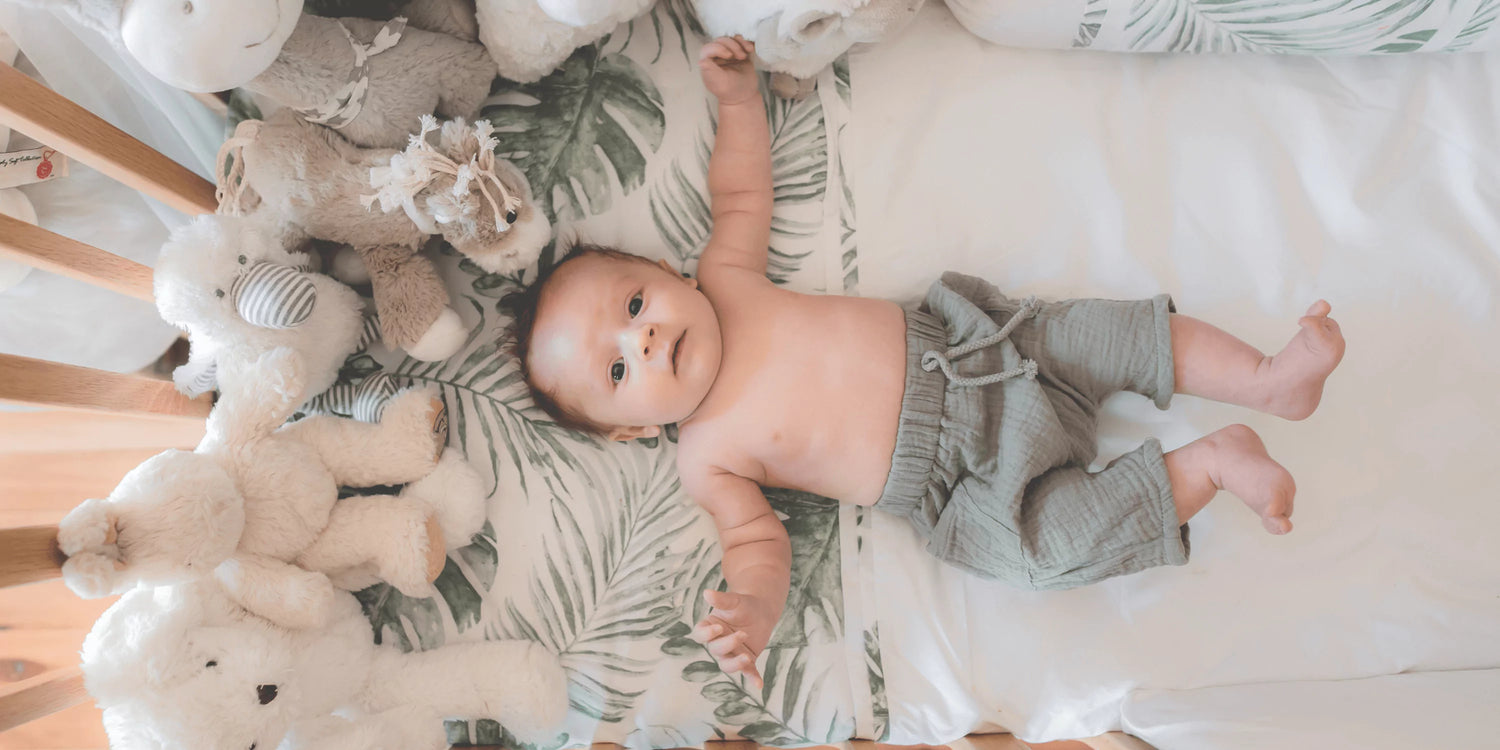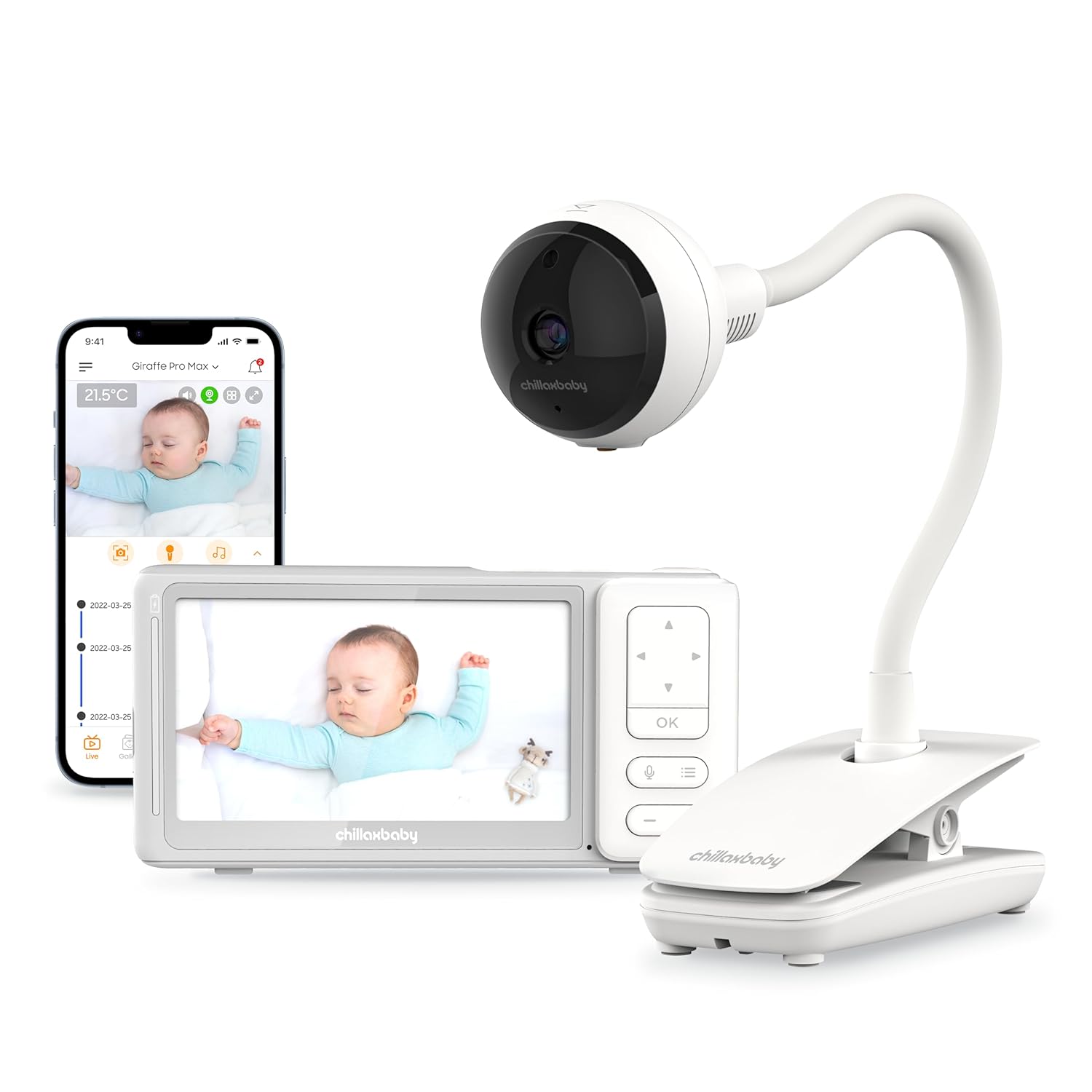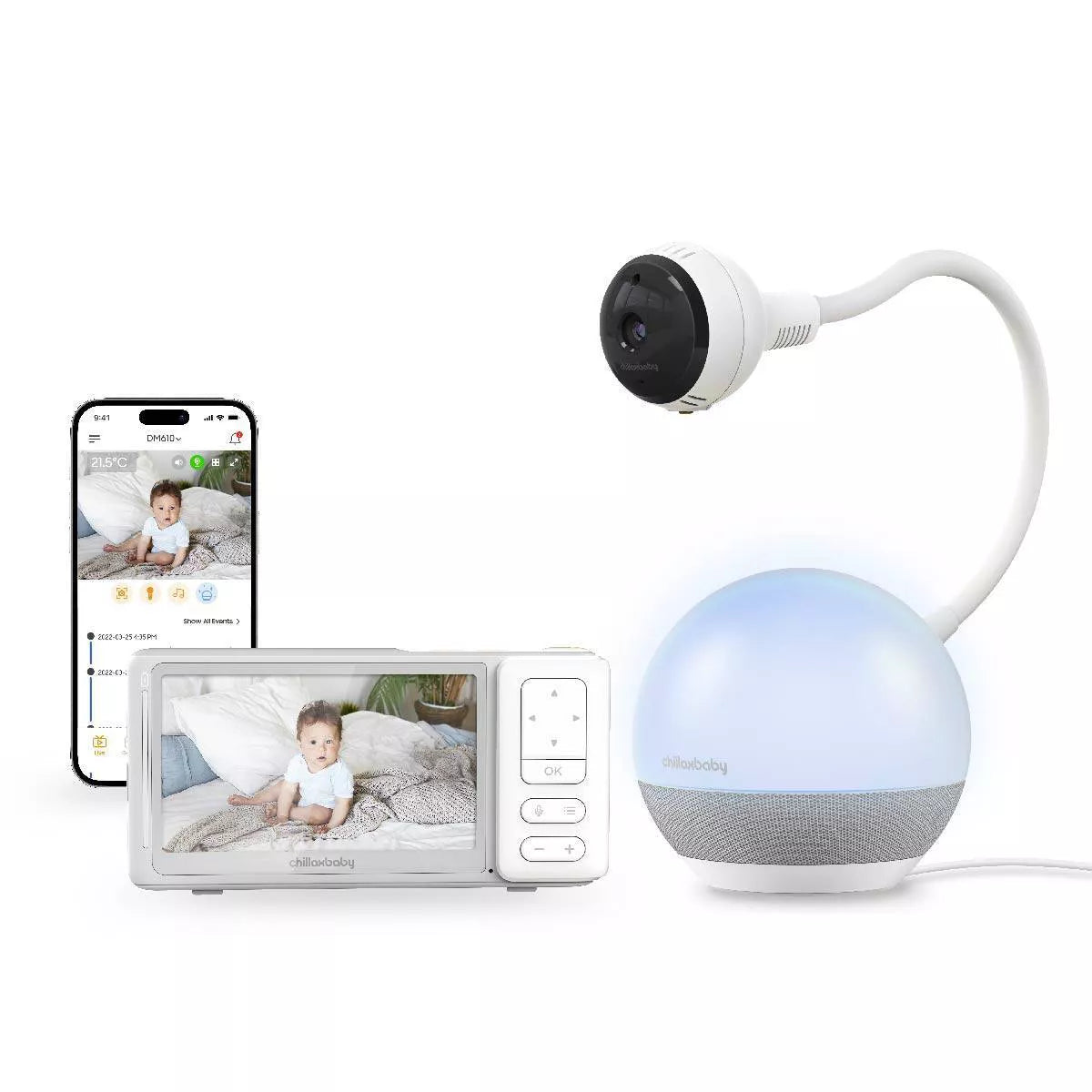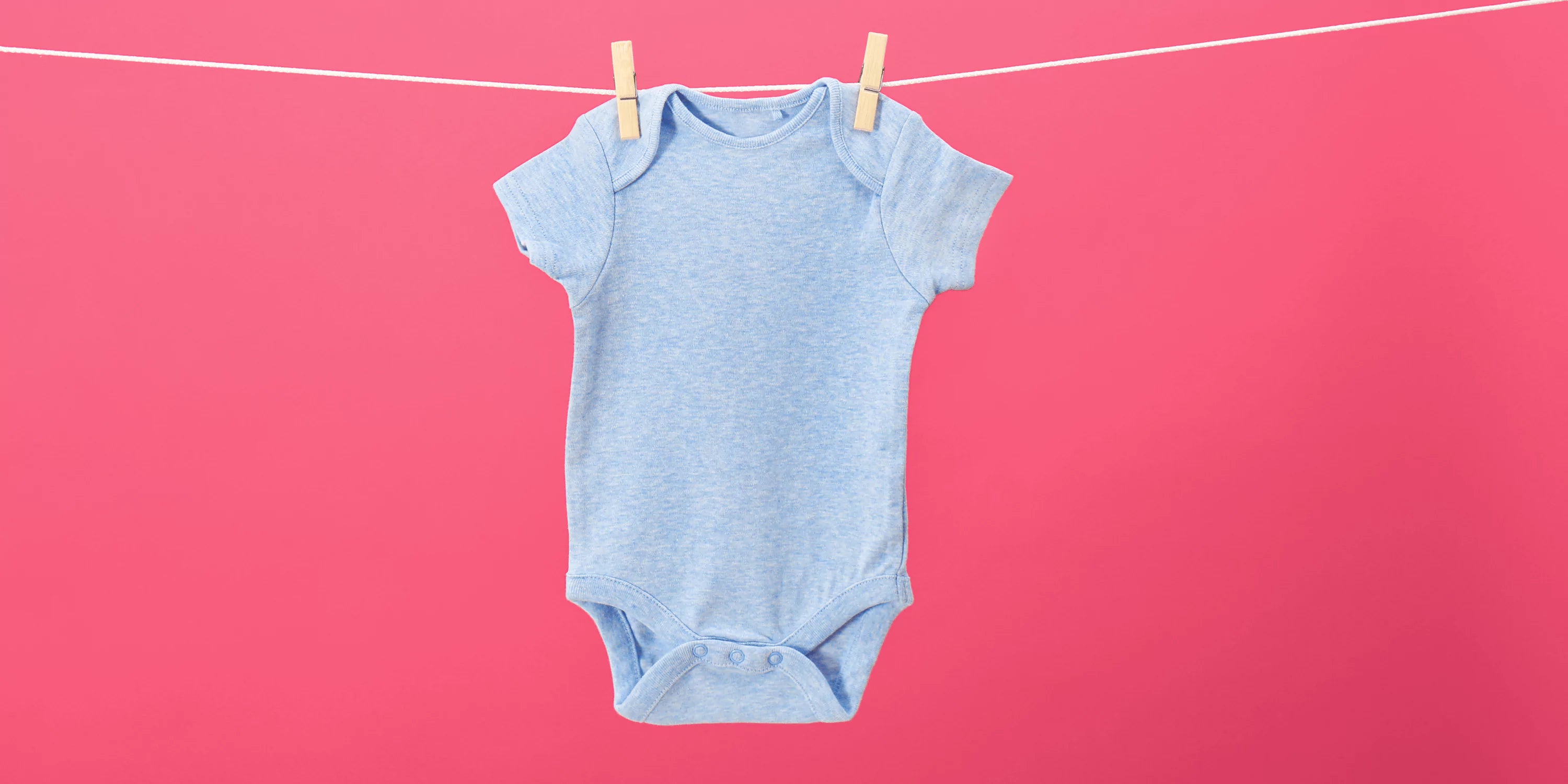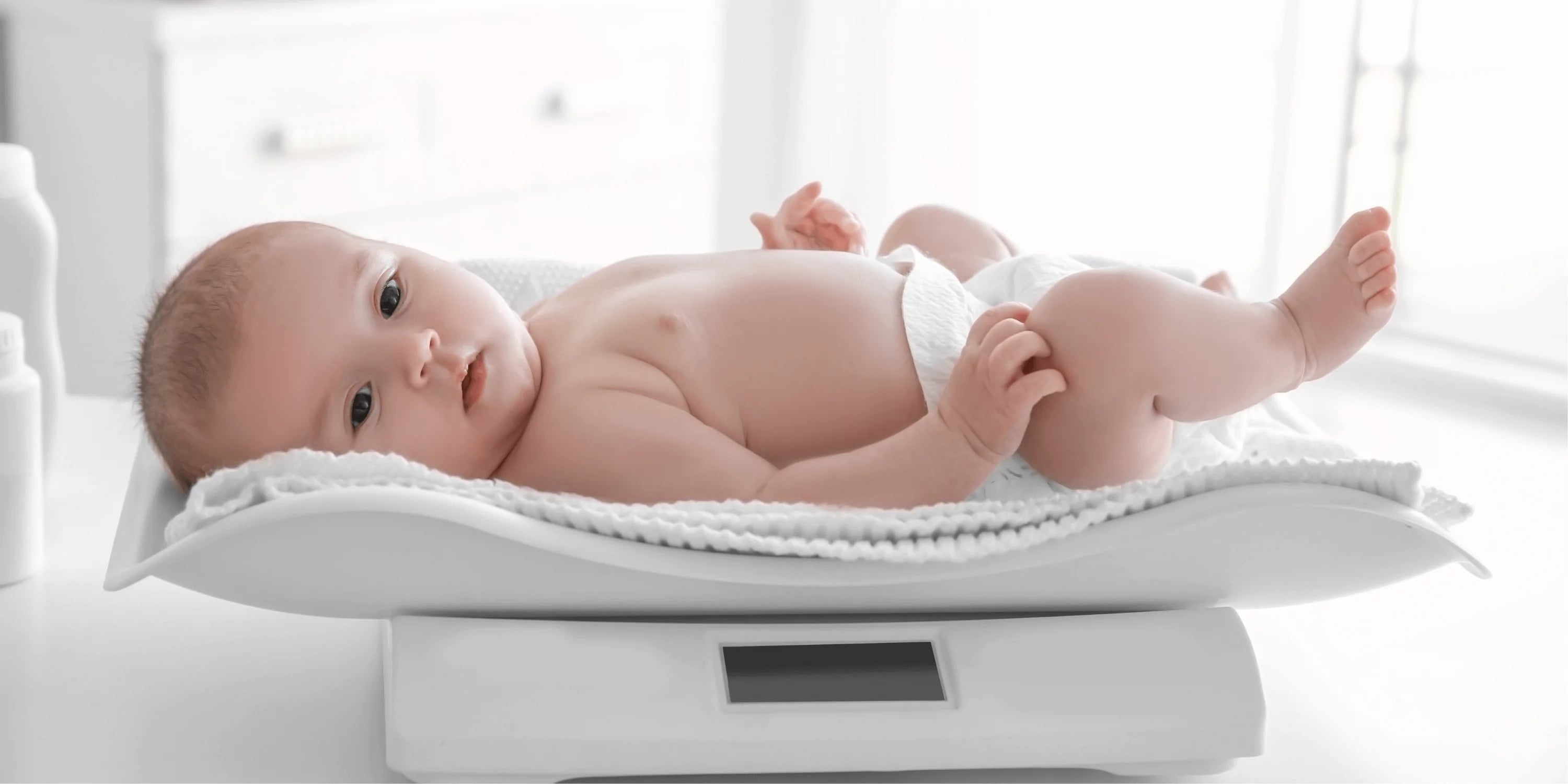As a new parent, you may be wondering when it is safe for your baby to sleep with a stuffed animal. After all, plush pals can provide comfort and companionship for your little one, but safety is always a top priority. In this article, we will discuss when it is safe for your baby to sleep with a stuffed animal and how to choose the right one for your child.
The Importance of Safe Sleep for Babies
Before we dive into when your baby can sleep with a stuffed animal, it is important to understand the importance of safe sleep for babies. According to the American Academy of Pediatrics (AAP), safe sleep practices can reduce the risk of Sudden Infant Death Syndrome (SIDS) and other sleep-related deaths. This includes placing your baby on their back to sleep, using a firm and flat sleep surface, and keeping soft objects and loose bedding out of the crib.
When Can My Baby Sleep With a Stuffed Animal?
The AAP recommends that babies sleep in a bare crib for the first year of life. This means no pillows, blankets, or stuffed animals. However, once your baby reaches the age of one, it is generally safe for them to sleep with a stuffed animal. At this age, they are able to move and roll over on their own, reducing the risk of suffocation.
It is important to note that every child is different and may be ready to sleep with a stuffed animal at different ages. Some babies may be ready at 9 months, while others may not be ready until 18 months. It is important to use your own judgement and observe your child's development before introducing a stuffed animal into their sleep routine.
Choosing the Right Stuffed Animal for Your Baby
When choosing a stuffed animal for your baby to sleep with, there are a few things to keep in mind to ensure their safety and comfort.
Size and Softness
It is important to choose a stuffed animal that is the right size and softness for your baby. Avoid large or oversized stuffed animals that could potentially cover your baby's face and obstruct their breathing. Opt for a smaller, plush pal that is soft and cuddly for your little one to snuggle with.
Material
The material of the stuffed animal is also important to consider. Look for a stuffed animal made of hypoallergenic materials that are safe for your baby's delicate skin. Avoid stuffed animals with small parts or buttons that could potentially come loose and pose a choking hazard.
Washability
Babies are messy, and their stuffed animals are no exception. Look for a stuffed animal that is machine washable for easy cleaning. This will also help keep your baby's stuffed animal free of germs and bacteria.
Introducing a Stuffed Animal to Your Baby's Sleep Routine

When you feel your baby is ready to sleep with a stuffed animal, it is important to introduce it gradually. Start by placing the stuffed animal in the crib during playtime or while your baby is awake. This will allow them to become familiar with the stuffed animal and form a positive association with it.
Once your baby is comfortable with the stuffed animal, you can start placing it in the crib during naptime or bedtime. It may take some time for your baby to adjust to sleeping with a stuffed animal, so be patient and continue to monitor their sleep habits.
It's also a good idea to keep an eye on them regularly by using smart baby monitors.
Benefits of Sleeping with a Stuffed Animal
Aside from providing comfort and companionship, sleeping with a stuffed animal can also have other benefits for your baby.
Sleep Comfort
Babies are used to being in the womb, where they are surrounded by warmth and pressure. A stuffed animal can provide a similar feeling, helping your baby feel more secure and comfortable while they sleep.
Self-Soothing
As your baby grows, they will start to develop self-soothing techniques to help them fall asleep and stay asleep. A stuffed animal can become a part of this routine, providing a sense of familiarity and comfort for your little one. This can be especially useful when using Ferber Method sleep training.
Emotional Development
Stuffed animals can also help with your baby's emotional development. As they grow, they will start to form attachments to objects, and a stuffed animal can become a source of comfort and security for your child.
Conclusion
In conclusion, it is generally safe for babies to sleep with a stuffed animal once they reach the age of one. However, every child is different, and it is important to use your own judgement and observe your child's development before introducing a stuffed animal into their sleep routine. When choosing a stuffed animal, consider size, softness, material, and washability. And remember to introduce the stuffed animal gradually to your baby's sleep routine. With the right precautions and a little patience, your baby can enjoy the comfort and companionship of a plush pal while they sleep.

